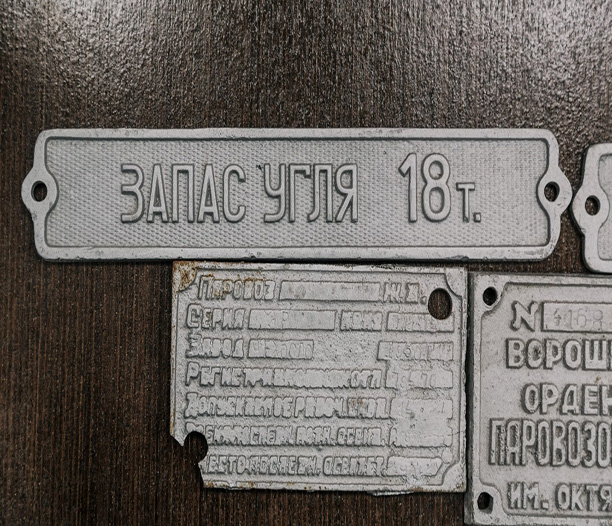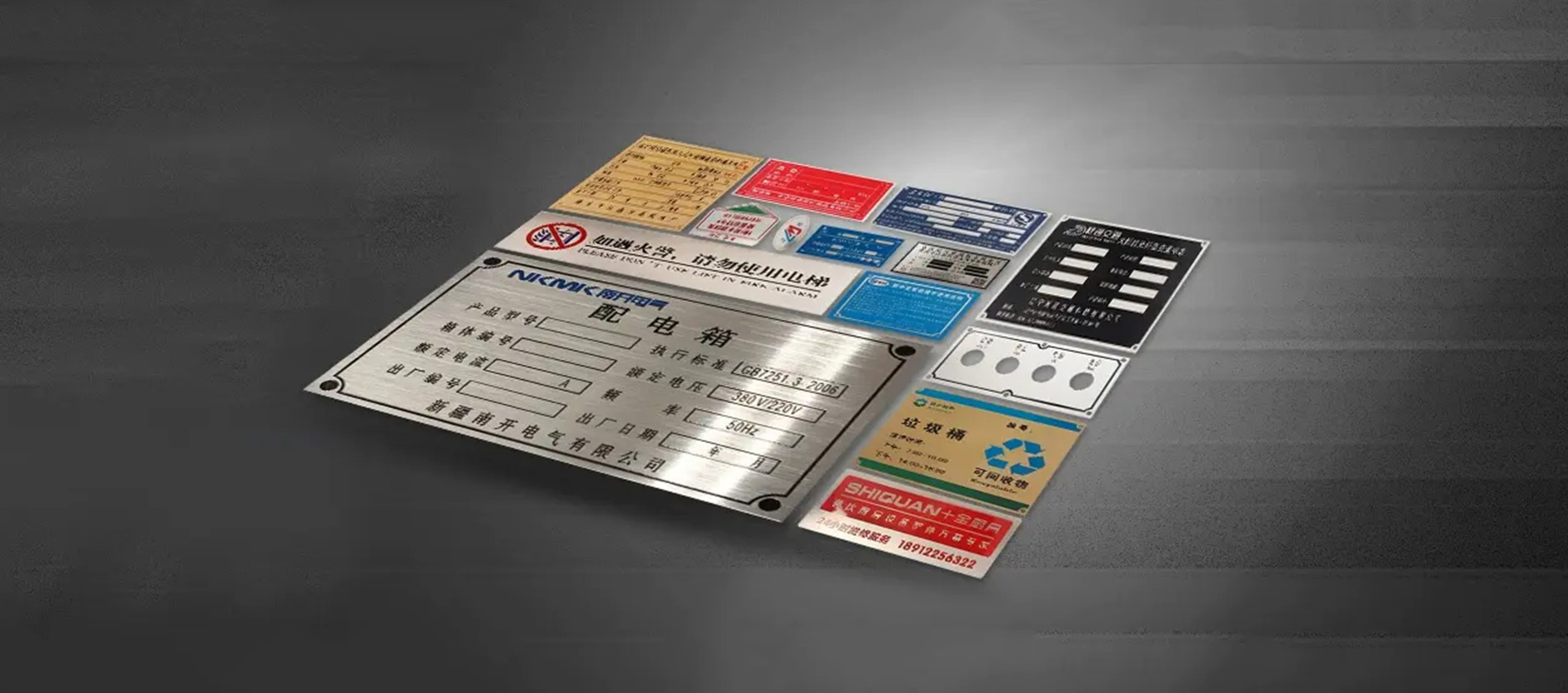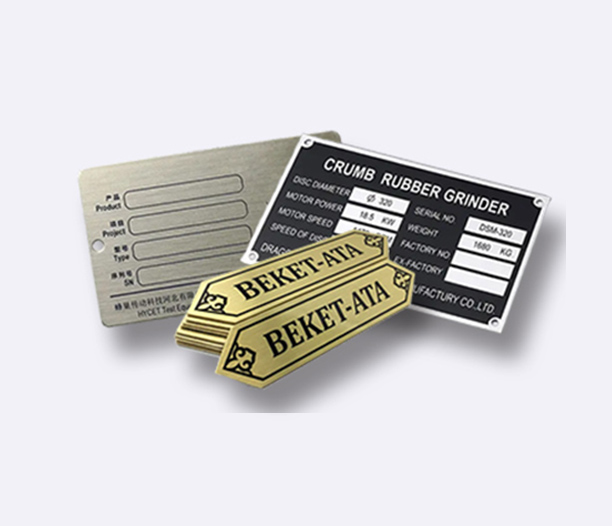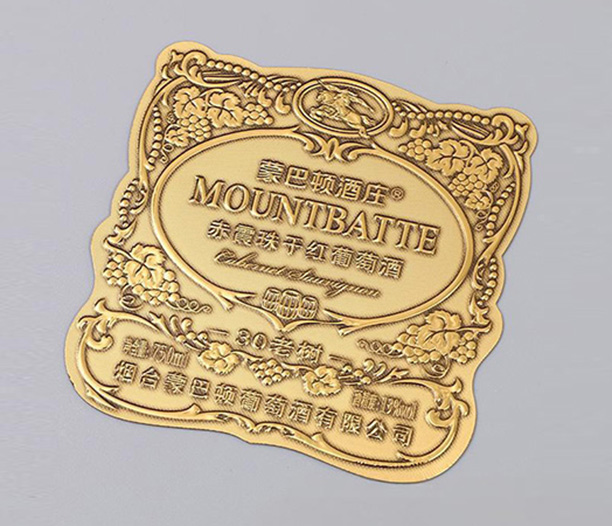In a world filled with assets, equipment, and products that need tracking, a simple yet powerful solution stands out: the aluminum identification tag. These durable, versatile markers are the unsung heroes of organization, safety, and accountability across countless industries. From heavy machinery on a construction site to critical components in an aerospace assembly, aluminum identification tags provide permanent, reliable identification that withstands harsh conditions and the test of time.
But what makes them so effective? How do you choose the right one for your application, and what common pitfalls should you avoid? This comprehensive guide will answer these questions and more. We will explore the seven essential things you need to know about aluminum identification tags, ensuring you can select, use, and maintain them to maximize their benefits for your business or project.

What Are Aluminum Identification Tags and Why Are They Crucial?
Aluminum identification tags are labels or plates made from aluminum alloy, typically engraved, stamped, embossed, or printed with crucial information. They are designed for permanent identification and are attached to items using methods like rivets, screws, adhesive, or wires. Their primary purpose is to convey information that is vital for operation, maintenance, safety, and tracking.
The importance of these tags is immense:
Asset Tracking and Management: Companies use aluminum identification tags to track equipment, assign unique asset numbers, and manage inventory efficiently. This simplifies maintenance schedules, audits, and financial depreciation calculations.
Safety and Compliance: In many industries, regulations mandate clear identification of equipment, including pressure ratings, warning messages, and electrical specifications. Aluminum identification tags are often the chosen medium to meet these legal requirements, helping to prevent accidents and avoid costly fines.
Durability and Permanence: Unlike paper labels or plastic tags, aluminum offers exceptional resistance to corrosion, abrasion, chemicals, UV exposure, and extreme temperatures. This ensures the information remains legible for the entire lifespan of the asset.
Branding and Customization: These tags can be customized with logos, serial numbers, barcodes, and QR codes, enhancing brand presence and enabling advanced digital tracking systems.
Without a reliable identification system, organizations face operational inefficiencies, safety risks, and significant financial losses due to misplaced assets and non-compliance.
The Different Types and Customization Options for Aluminum Tags
Not all aluminum identification tags are created equal. They come in various styles, each suited for different applications and environments.
1. Manufacturing Processes:
Photo-Anodized Tags: This is a high-end process where an image or text is sealed under a hard, anodized surface layer. It offers exceptional resistance to abrasion and chemicals, making it ideal for extreme industrial and military applications.
Embossed Tags: Characters are raised from the surface through a stamping process. This allows for tactile reading and excellent durability, as the information isn't easily worn away.
Engraved Tags: Information is etched into the surface of the aluminum. These can be filled with colored enamel to improve readability. They are highly customizable and very durable.
Stamped Tags: Similar to embossed tags, characters are stamped into the metal. They are a cost-effective solution for simpler serial number plates.
Printed Tags: Digital printing or screen printing is used on the surface. While less permanent than engraved or anodized options, modern printing with protective overlaminates can offer good durability for many indoor applications.
2. Finishes and Coatings:
Anodized: An electrochemical process that creates a hard, corrosion-resistant surface. It can be clear (silver) or dyed in various colors (e.g., black, red, gold).
Chemical Film (Chromate Conversion): Provides a good level of corrosion resistance and serves as an excellent primer for paint. It has a distinctive iridescent gold-green hue.
Painted: Tags can be painted with baked-on enamel for color-coding or enhanced branding.
Bare Mill Finish: Raw aluminum with no coating, suitable for mild, indoor environments.
3. Attachment Methods:
The application dictates the best way to attach the aluminum identification tag.
Holes for Rivets/Screws: The most permanent and secure method, ideal for machinery and equipment.
Adhesive Backing: Uses high-strength industrial adhesive for a quick and clean installation on flat surfaces.
Wire Loops: Allows the tag to be hung from a component, common in electrical and aerospace applications.
Welding: Some tags have pre-welded studs on the back for attachment to metal surfaces.

Key Applications and Industries That Rely on Aluminum Tags
The versatility of aluminum identification tags makes them indispensable in a wide range of sectors.
Manufacturing and Industrial: Used as nameplates on machinery, serial number plates for equipment, and instructional plates for operation and maintenance. They withstand oil, coolant, and repetitive cleaning.
Aerospace and Defense: Critical for identifying parts, components, and assemblies. Must meet strict standards (like MIL-STD-130) for durability, legibility, and traceability in extreme environments.
Electrical and Utility: Applied to electrical panels, transformers, and switchgear to display ratings, warnings, and circuit information. Their non-corrosive and non-conductive properties are essential for safety.
Construction and Heavy Equipment: Used to display model numbers, safety warnings, and capacity ratings on bulldozers, cranes, and scaffolding. They resist weather, UV damage, and abrasion.
Marine and Offshore: Tags with specific marine-grade alloys and coatings are used to identify equipment on ships and oil platforms, resisting constant exposure to saltwater and humidity.
Medical and Laboratory: Serve as permanent labels for sterilizable equipment and autoclaves, as aluminum can withstand high-temperature cleaning processes.
IT and Data Centers: Identify servers, racks, and network hardware for efficient asset management and maintenance.
Aluminum vs. Other Materials: Why Aluminum Often Wins
When choosing a material for identification tags, options include stainless steel, brass, plastic, and vinyl. Here’s why aluminum identification tags are often the preferred choice:
Aluminum vs. Stainless Steel: Aluminum is lighter, less expensive, and easier to fabricate and engrave. While stainless steel is stronger and more resistant to certain acids, aluminum provides sufficient corrosion resistance for most applications at a lower cost.
Aluminum vs. Brass: Brass is denser and more expensive. It is often chosen for its classic aesthetic appeal but lacks the modern, industrial strength-to-weight ratio of aluminum.
Aluminum vs. Plastic: Plastics like ABS or polycarbonate can become brittle with UV exposure, fade, and are vulnerable to solvents and chemicals. Aluminum is superior in virtually every durability category.
Aluminum vs. Vinyl: Vinyl labels are inexpensive and good for short-term information but peel, fade, and degrade easily. Aluminum identification tags are the clear choice for any permanent application.
The balance of cost, weight, durability, and ease of customization makes aluminum the ideal material for a vast majority of industrial identification needs.
5 Common Problems and How to Avoid Them
Even the most durable tag can fail if not specified or installed correctly. Here are the most common issues with aluminum identification tags:
Poor Legibility Over Time: Choosing the wrong finish or engraving depth can lead to information fading.
Solution: For harsh environments, specify deep engraving with enamel fill or photo-anodized tags. Avoid surface printing where abrasion is a concern.
Corrosion in Specific Environments: Standard aluminum alloys can corrode in highly acidic or alkaline environments or in constant saltwater spray.
Solution: For marine or chemical processing plants, specify marine-grade aluminum (like alloy 5052) and ensure it has a appropriate protective coating like hard anodization.
Improper Attachment: Using weak adhesive or the wrong mechanical fastener can cause the tag to fall off and be lost.
Solution: Match the attachment method to the environment. Use rivets for vibrating machinery and high-strength industrial adhesive for clean, flat surfaces. Always ensure the surface is clean and dry before applying adhesive-backed tags.
Incorrect Information or Design Flaws: A typo in a serial number or a poorly designed layout makes the tag useless.
Solution: Always request and carefully review a digital proof from the manufacturer before production begins. Implement a multi-person review process for critical tags.
Failure to Comply with Industry Standards: Certain industries have specific standards for tag content, size, material, and permanence.
Solution: Know the regulations that govern your industry (e.g., UL, MIL-STD, AS9100) and communicate these requirements clearly to your tag manufacturer to ensure compliance.
How to Choose the Right Aluminum Tag for Your Needs
Selecting the perfect aluminum identification tag involves asking a few key questions:
What is the Environment? (Indoor, outdoor, chemical exposure, temperature extremes, abrasion?)
How Permanent Does It Need to Be? (Is it for the life of the asset or just a few years?)
What Information Needs to Be Displayed? (Text only? Barcodes? QR codes? Logos?)
How Will It Be Attached? (Does the surface allow for drilling? Is it flat and clean?)
Are There Any Industry Standards to Meet? (Military, aerospace, electrical, etc.)
What is the Budget? (Photo-anodized tags are premium, while stamped tags are more economical.)
Answering these questions will guide you toward the right alloy, manufacturing process, finish, and attachment method.
The Future of Identification: Digital Integration with Aluminum Tags
The humble aluminum identification tag is getting a digital upgrade. While the physical tag remains as a durable anchor, it is increasingly becoming a gateway to digital information.
QR Codes and Barcodes: These can be engraved or printed onto aluminum tags. When scanned with a smartphone or reader, they can link to digital work orders, full equipment histories, instructional videos, or inventory databases.
RFID Integration: While RFID chips are typically embedded in plastic, they can be attached to aluminum tags for use in harsh environments. This enables wireless, bulk scanning of assets without line-of-sight, revolutionizing inventory management in warehouses and yards.
This fusion of rugged physical durability with digital intelligence makes the aluminum identification tag more relevant and powerful than ever before.
Aluminum identification tags are far more than simple metal plates. They are a critical infrastructure component for organization, safety, compliance, and efficiency. By understanding their properties, applications, and potential pitfalls, you can make informed decisions that protect your assets, ensure the safety of your personnel, and streamline your operations. Whether you're marking a valuable piece of machinery or a critical pipeline valve, investing in the right aluminum identification tag is an investment in long-term reliability and peace of mind.






